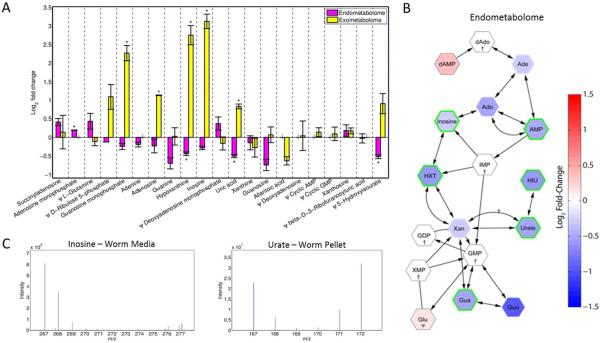Figure 3. IROA allows for the relative determination of changes in metabolites.
(A) The fold-changes for 21 compounds in the KEGG Purine Metabolism pathway are shown for the endo- and exometabolomes. Values represent means (n ≥ 3) and the error bars are the standard deviation. A bar without upper or lower bounds (|) indicates that the compound was detected in less than 3 replicates and is therefore not included in the analysis. Bars with one asterisk (*) indicate significant changes (P<0.001). (B) A section of the human purine metabolism pathway from KEGG is shown as a network with metabolites as nodes and reactions as edges. Compounds included in this network were either detected in this experiment or are annotated as participating in a reaction with a detected compound. The nodes are colored according to the log2 fold-changes in the pellets of heat-shocked worms. Nodes marked with a dagger (†) were not found in this experiment. Nodes with a green border indicate that the fold changes were significant (P<0.001). All compounds, except those marked with a Psi (Ψ), were confirmed by MS-MS (Figures S-6 – S-16). Non-standard abbreviations: dAdo, deoxyadenosine; Ade, adenine; Ado, adenosine; HXT, hypoxanthine; HIU, 5-hydroxyisourate; Xan, xanthine; XMP, xanthosine 5'-phosphate; Gua, guanine; Guo, guanosine;. (C) An IROA peak for the [M-H]− of inosine demonstrates an increase of the 5% 13C labeled sample relative to the 95% 13C labeled sample indicating an increase in inosine in the released exometabolome of heat-shocked worms relative to the control (left). An IROA peak for urate demonstrates a relative decrease in urate in the endometabolomes of heat-shocked worms (right).

